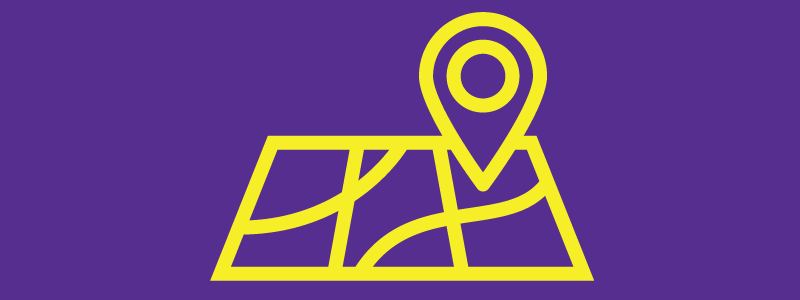When building media lists, many PR and communications agencies/departments implement an audience-classification system based on consumer demographics, industry segments and job functions, and then apply these categories to media outlets. But to complete the task of defining audiences, you also need to consider each outlet’s geographic scope. Most journalists write for either a national audience or a regional one, but too often, we get pitches that confuse the two.
For example, my coverage has a national scope, but I’m based in the San Francisco Bay Area, so often I get press releases that seem to assume that I write for a Northern California audience. A classic example involved a Sacramento-area country club that had just chosen a real estate broker for its housing developments. Another informed me about a Bay Area rally against the Keystone XL pipeline.
You don’t have to be Sherlock Holmes to deduce how this happened. The senders no doubt used databases coded with each journalist’s location—probably based on media market—and generated lists of everyone in my region.
At least these folks had the correct metro area. I’ve also received pitches about a symphony orchestra in Ohio, a basketball tryout camp in Atlanta and restaurant openings in Harlem and New Orleans.
Journalists who write for a regional audience have a similar problem, often getting pitches without local relevance. Given newsroom cutbacks in recent years, metro dailies that once might have assigned reporters to cover national stories are now relying almost exclusively on wire and syndication services. More than ever, they need a local angle, but too many media lists don’t reflect this.
All this could be avoided with a simple set of Yes/No fields. Three will cover the vast majority of U.S. media outlets: “National,” “State” and “Local.” Virtually all TV and radio stations would be coded as “Local,” as would most newspapers. Most consumer and trade magazines would be coded as “National,” though there are exceptions, such as regional lifestyle magazines and trade pubs that focus on certain states. Why multiple fields? Because some outlets serve a mix of audiences. For example, The Oregonian is the major daily for Portland, Ore., but also has statewide reach. So here, you would check “State” and “Local.”
In most cases, these fields can be applied across an entire media outlet. But some outlets are special cases. For example, The New York Times is primarily a national daily, but reporters on the metro desk focus on the New York City area. The Washington Post and Los Angeles Times are mostly regional papers, but have some reporters who do national coverage. So here, you may want to apply these tags to individual staffers. On the other hand, you probably shouldn’t be putting them on distribution lists anyway—they really should be getting tailored pitches.
If you want to get fancy about it, you could also create tags for publications such as Sunset and Southern Living that cover regions spanning multiple states. And some outlets, of course, have an international scope. But however you do it, the key is to recognize that an audience is not only defined by age, gender or job category, but also where it lives.









